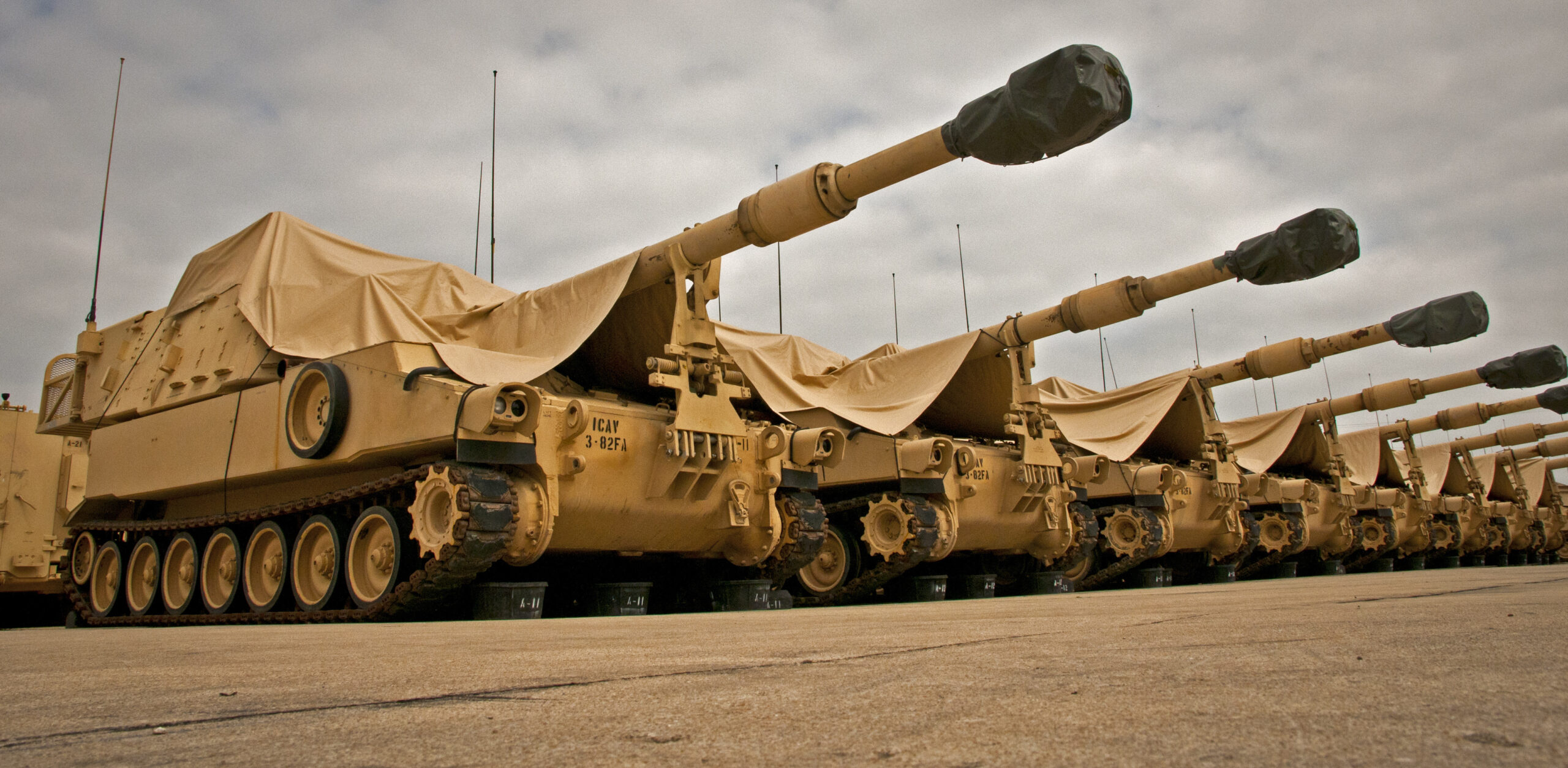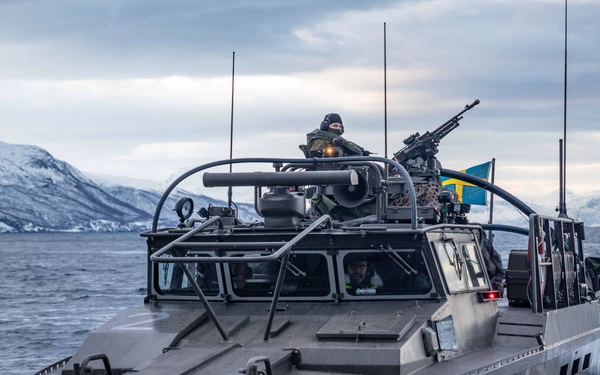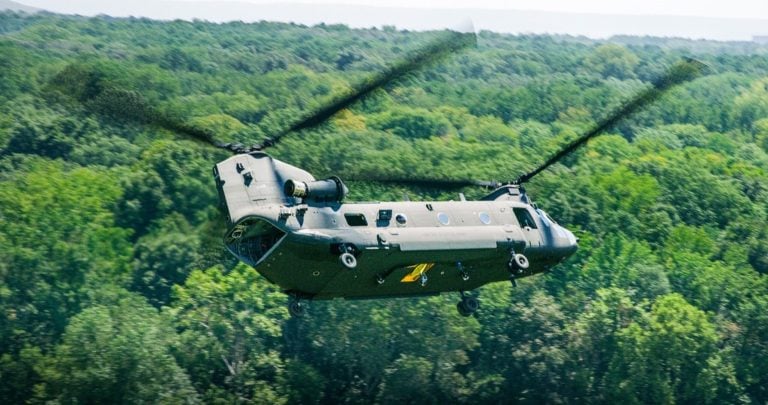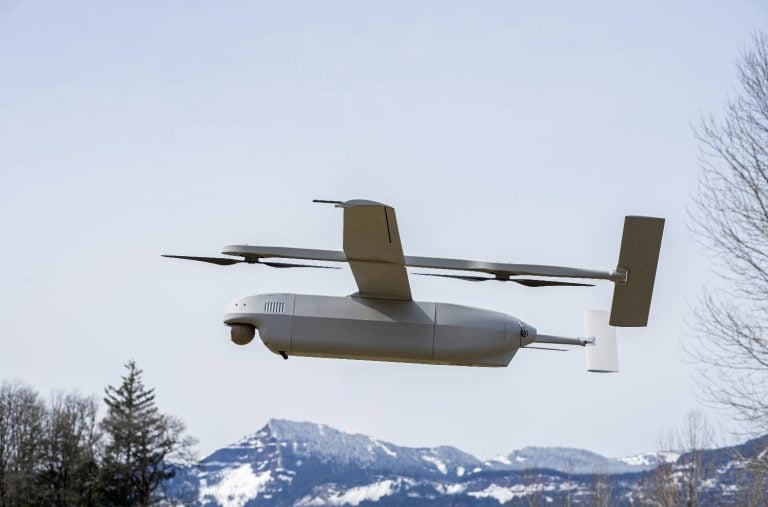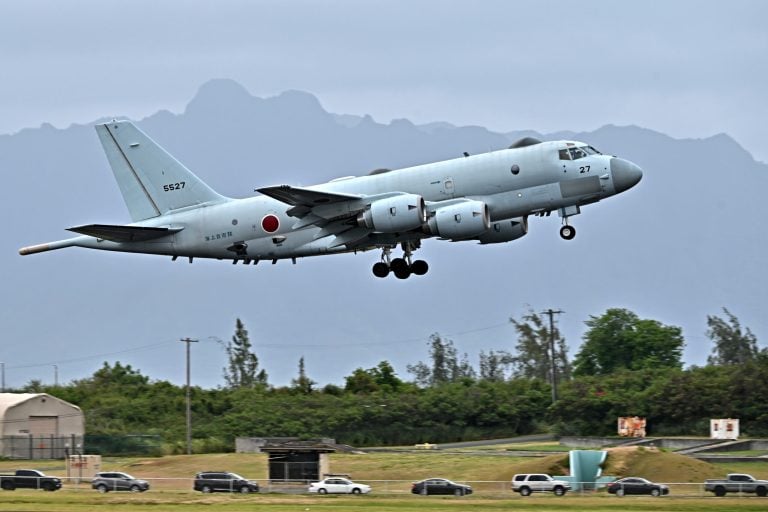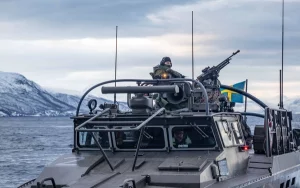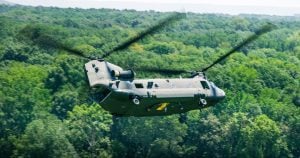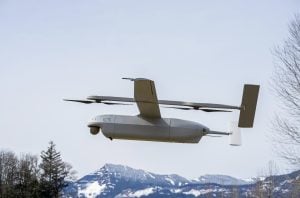The US Army is taking significant steps towards modernizing its artillery capabilities by initiating a new tender process for a next-generation self-propelled howitzer. This strategic move follows comprehensive evaluations of existing artillery systems from various vendors, aimed at addressing the evolving demands of ground combat.
Maj. Gen. Glenn Dean, the Program Executive Officer for Ground Combat Systems, disclosed in an interview with Breaking Defense that a “full and open” competition is set to kick off around mid-February. The initial phase will concentrate on rigorous testing of mature platforms, with the intention of gathering insights to inform further development. Notably, during this first phase, the Army will not eliminate any competitors; instead, it will award contracts to multiple companies that meet the outlined criteria.
Though the Army has not revealed the exact number of competitors anticipated in this process, Dean indicated that a series of “competitive evaluation testing” would take place through 2026. Insights gained from this phase will be instrumental in determining which firms advance to the second phase, for which contracts are expected to be awarded by early 2027. The ultimate goal is to deploy the next-generation self-propelled howitzer by 2030.
In terms of requirements, while a formal request for proposals has not yet been published, Dean emphasized that the Army will prioritize essential attributes including range, precision, and volume of fire. Additionally, considerations of mobility and supportability will be integral to the selection process. “To support current and future operations, next-generation artillery must deliver precise and effective fires at range and be able to mass fires to support operations,” Dean explained. He reiterated that these capabilities are not mutually exclusive but rather complementary.
Key performance indicators such as the rate of fire and the system’s operational efficiency in loading, reloading, and repositioning will also be critical factors in evaluation.
The initiation of this competition comes on the heels of the cancellation of the Extended-Range Artillery Cannon program, which had aimed to enhance the existing Paladin M109 howitzer with a significantly longer-range 30-foot gun tube capable of firing up to 70 kilometers (43 miles). As the Army explores potential solutions to fill this capability gap, it has engaged in a series of international roadshows designed to identify viable long-range artillery options.
Feedback from these recent evaluations suggests positive momentum, with early indicators indicating that vendors are well-prepared for the upcoming competitive tender process. Although specific companies have yet to be officially disclosed, the Army has shown interest in self-propelled howitzer solutions from industry leaders such as BAE Systems, Hanwha Defense, Rheinmetall, Elbit Systems, and General Dynamics, signaling a robust response to the evolving landscape of military artillery needs.
